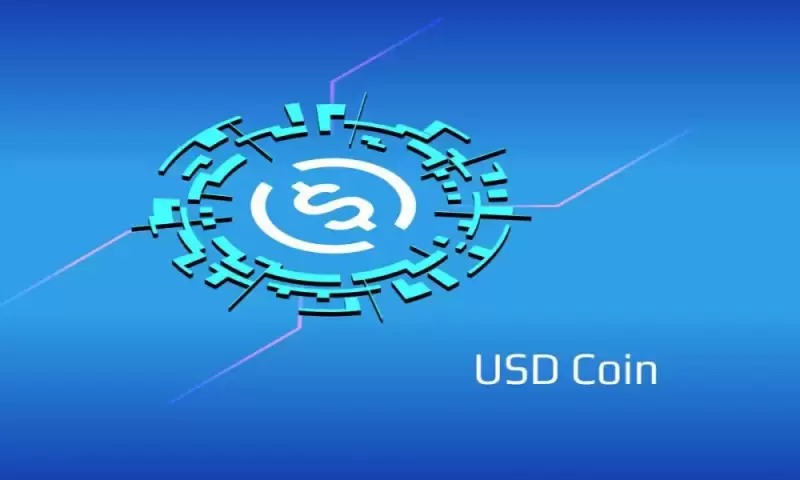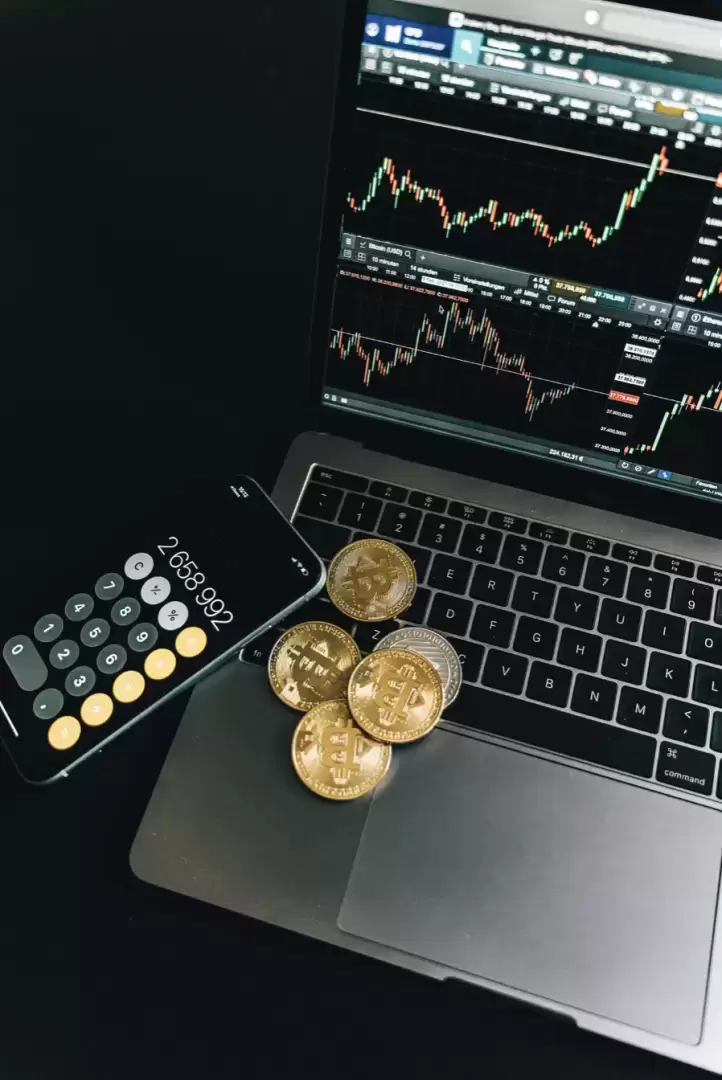 |
|
 |
|
 |
|
 |
|
 |
|
 |
|
 |
|
 |
|
 |
|
 |
|
 |
|
 |
|
 |
|
 |
|
 |
|
Cryptocurrency News Articles
Could You Have a $1 Million Bicentennial Quarter in Your Pocket?
Apr 01, 2025 at 05:46 am
The 1976 Bicentennial Quarter is more than just spare change. As a commemorative coin issued to celebrate America's 200th birthday, it holds historical value—and in

Could You Have a $1 Million Bicentennial Quarter in Your Pocket?
The 1976 Bicentennial Quarter is more than just spare change. As a commemorative coin issued to celebrate America’s 200th birthday, it holds historical value—and in some rare cases, significant monetary value too. But could it really be worth $1 million? The short answer: not likely, but some rare varieties and error coins can fetch thousands of dollars at auction.
Here’s a detailed, easy-to-understand guide to understanding the real value of Bicentennial Quarters, how to identify rare ones, and what to do if you think you have a valuable coin.
Could You Have a $1 Million Bicentennial Quarter in Your Pocket?
While the idea of a $1 million Bicentennial Quarter is intriguing, it’s more of a myth than reality. That said, valuable varieties and rare errors do exist, and some have sold for thousands of dollars.
Understanding the coin’s features, inspecting for errors, and seeking professional appraisal are crucial steps in determining the true value of these coins. So next time you check your pocket change, take a closer look—you might just discover a hidden gem.
History and Context of the Bicentennial Quarter
In 1975 and 1976, the U.S. Mint released special quarters with the dual date “1776-1976” to celebrate America’s Bicentennial. The reverse features a design by Jack L. Ahr, showcasing a colonial drummer with a victory torch, which is being hoisted by the drummer and is surrounded by 13 stars, symbolizing the original colonies.
These coins were struck at three mints: Philadelphia (no mint mark), Denver (D), and San Francisco (S). The San Francisco Mint also issued special silver collector’s editions.
Because so many were made, most Bicentennial Quarters are still common today—but some types, especially errors and proofs, are quite rare and valuable.
Are Bicentennial Quarters Worth $1 Million?
Despite several viral articles and blog posts claiming a Bicentennial Quarter sold for $1 million, it’s not true. However, a 1976-S Silver Proof Quarter in excellent PR70 condition recently sold for $19,200 at Heritage Auctions.
While most Bicentennial Quarters are worth a quarter, certain varieties and mint errors can be worth anywhere from $50 to over $10,000, depending on their rarity and condition.
The $1 Million Claim: Truth or Myth?
The “$1 million Bicentennial Quarter” stories are often based on hyperbole, clickbait headlines, or misunderstandings. People often get excited and overestimate the value of coins they believe might be rare.
It’s also important to note that coin values can fluctuate widely. A coin sold for a high price at one auction doesn’t necessarily mean it will command the same price at another auction, even if it’s in similar condition.
Types of Valuable Bicentennial Quarters
1. 1976-S Silver Proof Bicentennial Quarter
The 1976-S Silver Proof Quarter is a popular collectible, especially in higher grades. In December 2023, a 1976-S Proof Quarter in PR70 DCAM (Deep Cameo with Dust Cover Applied) condition sold for $19,200 at Heritage Auctions.
This particular coin was part of the "Silver Proof" series, which were struck in San Francisco from 1970. These coins feature a frosted or "frosted-like" finish in the raised portions of the design and a mirror-like finish in the fields or background.
They were specially struck for collectors and weren’t released into general circulation.
2. Doubled Die Obverse (DDO) Error
In 1976, the Bicentennial Quarter underwent a design change. The original design, known as the Type I, featured a smaller "E" in "STATES" and a Roman numeral "VI" in "1976." Later in the year, the design was modified to include a larger "E" and an "IV" in 1976.
This modification is known as the Type II design.
The 1976 Bicentennial Quarter also comes in a DDO (Doubled Die Ofset) variety, which is highly sought-after by collectors. This error occurs when the same die is used multiple times to strike coins, and it can lead to some of the coin's images or letters appearing "doubled" or "fuzzy."
3. Off-Metal Errors
Another type of error that can be valuable is an off-metal strike. This happens when a coin is struck in the wrong metal. For example, a Bicentennial Quarter could be struck in nickel instead of
Disclaimer:info@kdj.com
The information provided is not trading advice. kdj.com does not assume any responsibility for any investments made based on the information provided in this article. Cryptocurrencies are highly volatile and it is highly recommended that you invest with caution after thorough research!
If you believe that the content used on this website infringes your copyright, please contact us immediately (info@kdj.com) and we will delete it promptly.
-

- Bitcoin ETFs (exchange-traded funds) continue to record negative flows this week as President Trump's Liberation Day countdown continues.
- Apr 02, 2025 at 05:40 pm
- Data on Farside Investors shows two consecutive days of net outflows for Bitcoin ETFs since Monday. Financial instruments from Bitwise (BITB), Ark Invest (ARKB), and WisdomTree (BTCW) were in the frontline for Monday's $60.6 million outflows, with only BlackRock's IBIT seeing positive flows.
-

-

-

-

-

-

-

-































































